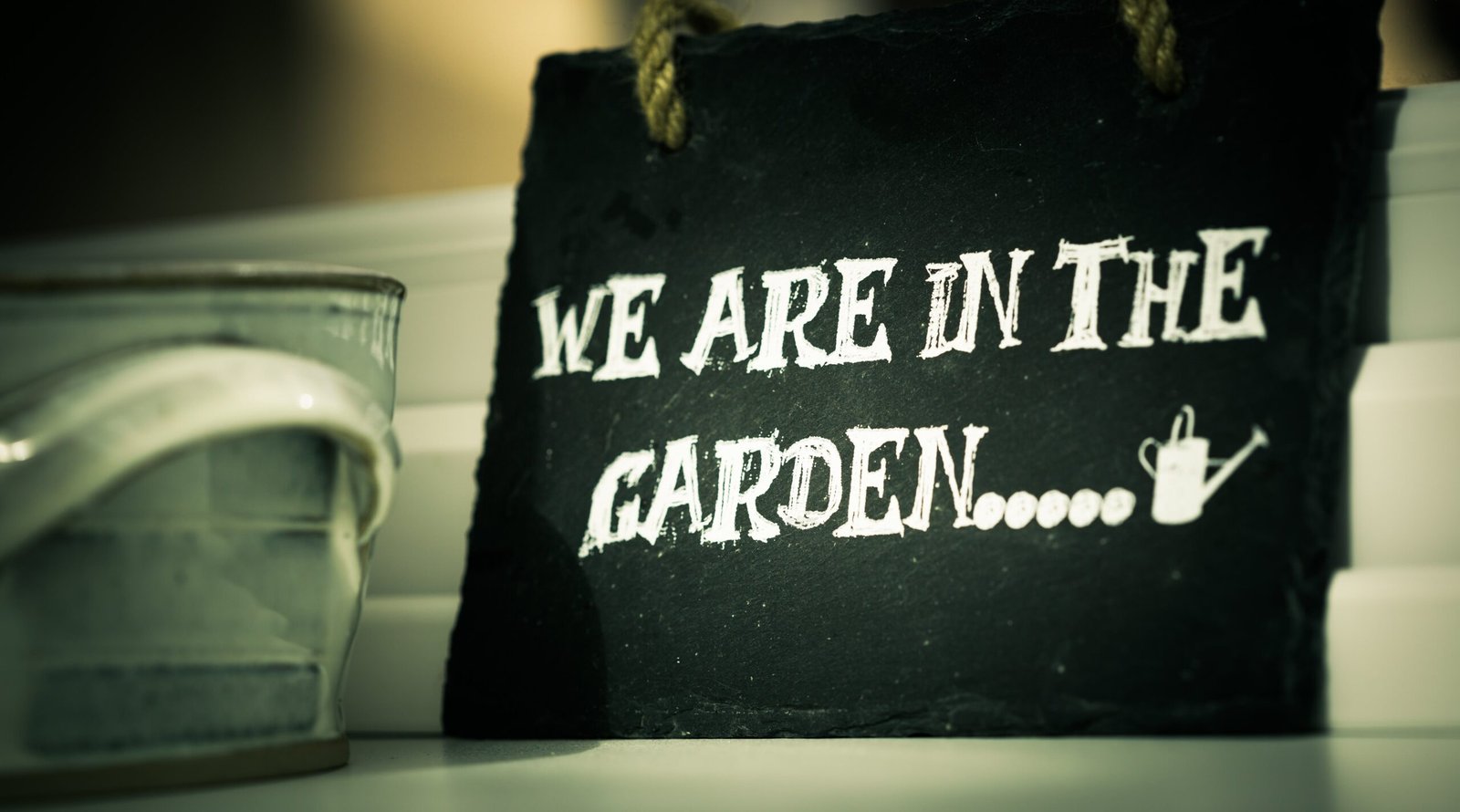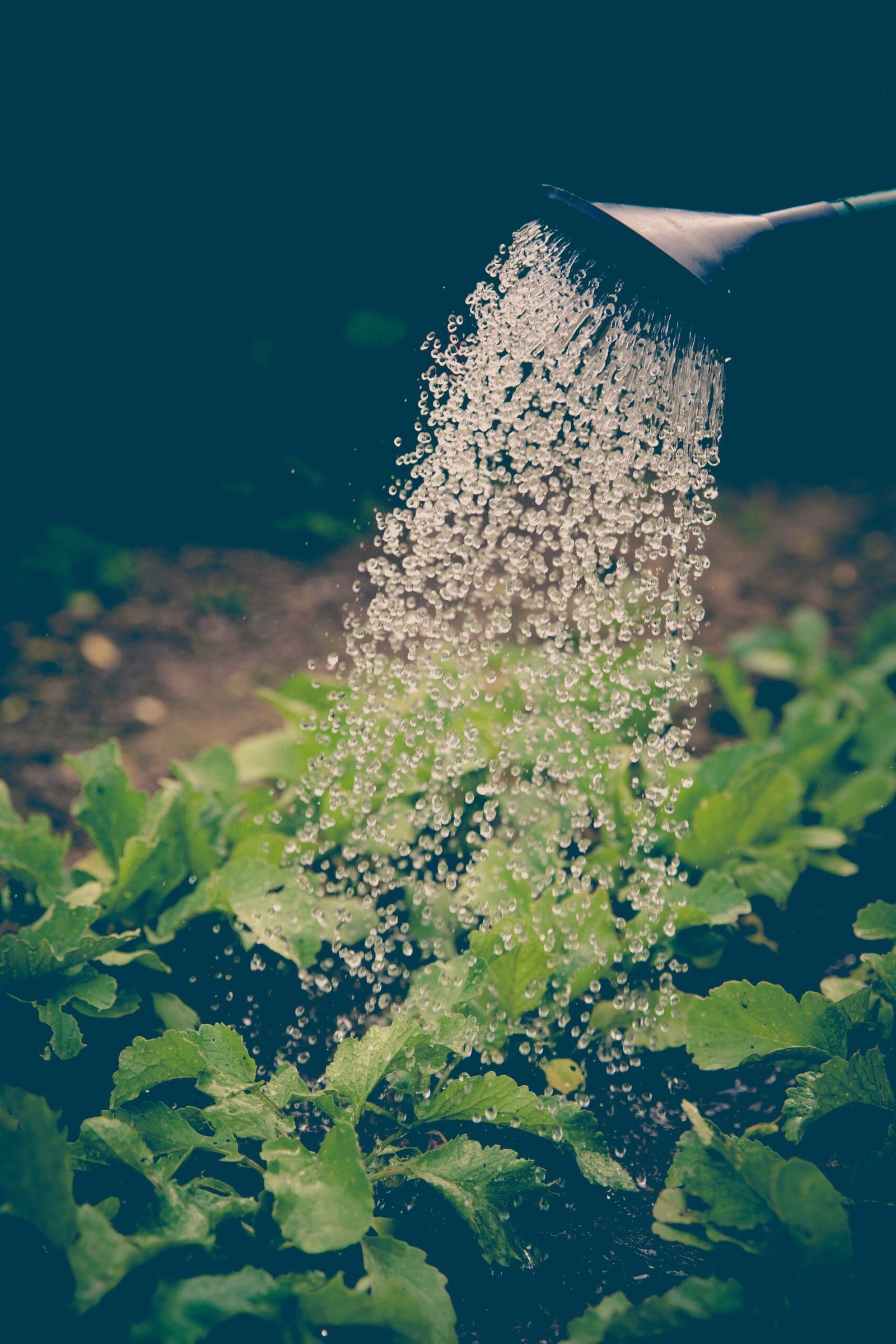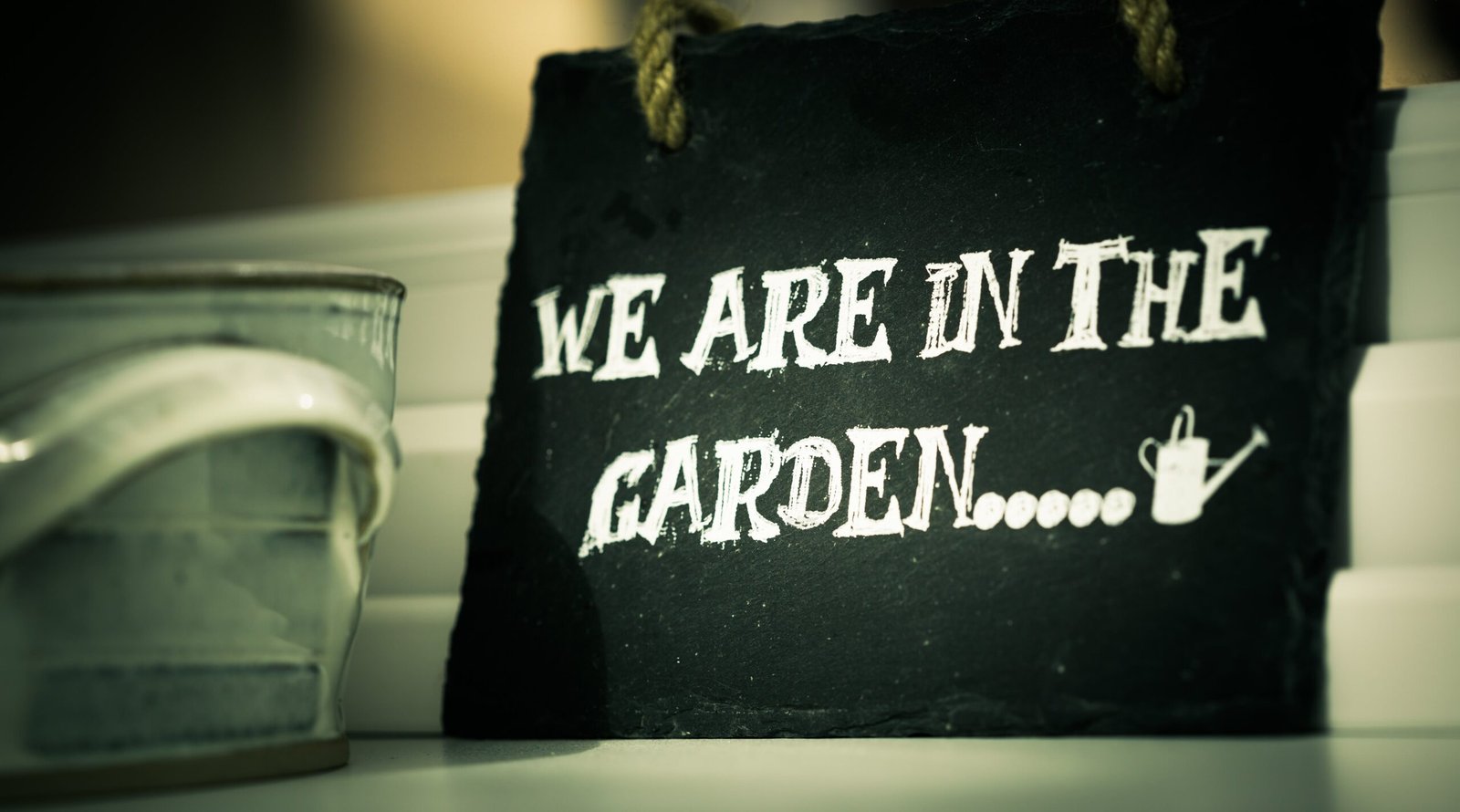
Imagine transforming your gutter into a stunning vertical garden, adding a touch of nature to your outdoor space. With a little creativity and some simple materials, you can embark on an exciting journey to create your own green oasis. In this article, we will guide you step-by-step on how to grow a vertical garden on your gutter, bringing life and color to an otherwise overlooked area of your home. Get ready to unleash your inner gardener and witness the wonders of nature flourish right before your eyes.

Choosing the Right Plants
When creating a vertical garden on your gutter, it is important to choose the right plants that will thrive in this unique environment. Consider the amount of sunlight that your gutter receives throughout the day. Plants that require full sun may not be suitable if your gutter is mostly shaded. Look for plants that can tolerate partial shade or have a preference for indirect sunlight.
Another factor to consider is the root system of the plants. Since gutters have a limited depth, it is best to choose plants with shallow root systems. This will prevent the roots from becoming entangled or causing damage to the gutter. Look for plants that have compact root systems or can grow well in containers.
Finally, select plants that thrive in small spaces. Gutter gardens are by nature compact and confined, so it is important to choose plants that can flourish in this environment. Look for plants that have a trailing or cascading growth habit, as these will adapt well to the vertical orientation of the gutter.
Preparing Your Gutter
Before you begin installing your vertical garden, it is crucial to prepare your gutter properly. Start by cleaning the gutter thoroughly to remove any debris or blockages. This will ensure that water can flow freely through the gutter and prevent any potential drainage issues.
Next, ensure proper drainage by checking the slope of your gutter. It should have a slight slope towards the downspout to allow for efficient water runoff. If you notice any areas where water pools or does not drain properly, it may be necessary to adjust the gutter slope or install additional drainage outlets.
To prevent soil from clogging the gutter or falling out, consider installing a liner or gutter screen. These can help retain the soil while still allowing water to flow through. A liner made of landscape fabric or plastic can be placed in the gutter before adding the soil, while a gutter screen can be attached to the top of the gutter to provide a barrier.

Installation
Once your gutter is prepared, it is time to install it as a vertical garden. Start by measuring and marking the desired length of your gutter. This will help ensure that it fits perfectly in the available space and provides enough room for your chosen plants to thrive.
To secure the gutter to the wall, use mounting brackets or hooks designed for this purpose. These brackets should be spaced evenly along the length of the gutter to provide adequate support. Be sure to choose brackets that are sturdy enough to hold the weight of the soil and plants.
For added support, attach brackets at regular intervals to prevent the gutter from sagging or becoming unstable over time. This will help distribute the weight of the plants and keep the gutter securely attached to the wall. Make sure to follow the manufacturer’s instructions for installing the brackets properly.
Preparing the Soil
Before planting your vertical garden, it is important to prepare the soil to provide the necessary nutrients and a good growing environment for your plants. Choose a lightweight potting mix that is well-draining and specifically formulated for container gardening. This type of soil will ensure that excess water can drain properly and prevent the roots from becoming waterlogged.
To enrich the soil and provide additional nutrients for your plants, mix in compost. Compost is rich in organic matter and will help improve soil fertility and structure. It will also help retain moisture in the soil and promote healthy root growth. Aim to incorporate a generous amount of compost into the potting mix before planting.
Before adding the soil to the gutter, moisten it thoroughly. This will help the soil settle and prevent it from drying out too quickly once planted. Add water slowly and mix well until the soil reaches a moist but not overly saturated consistency.

Planting Your Garden
With the soil prepared, it is time to start planting your gutter vertical garden. Begin by filling the gutter with the moistened potting mix, leaving a small gap at the top to prevent soil from spilling over.
To create pockets for planting, use your hands or a small gardening tool to make small indentations in the soil. These pockets will serve as spaces for each individual plant. Space the pockets evenly along the length of the gutter, ensuring that each plant has enough room to grow and spread.
When planting, follow the spacing guidelines for each specific plant. Some plants may require more room to grow while others can be closely spaced. Be mindful of the plant’s mature size and growth habit to prevent overcrowding and competition for resources.
Watering and Maintenance
Proper watering and maintenance are essential for the health and vitality of your gutter vertical garden. Water the plants regularly, ensuring that the soil remains consistently moist but not waterlogged. Check the moisture level by inserting your finger into the soil, and water accordingly based on the plant’s needs.
Monitor your vertical garden for pests and diseases. Inspect the plants regularly for any signs of damage or infestation. If you notice any issues, take action immediately to prevent further damage. Consider using organic pest control methods such as neem oil or introducing beneficial insects to control pests.
Prune and trim your plants as necessary to maintain their shape and prevent them from becoming unruly. Remove any dead or yellowing leaves, and trim back any excessive growth. This will help promote healthy and vigorous growth and keep your gutter vertical garden looking neat and tidy.
Harvesting and Enjoying
As your gutter vertical garden grows and flourishes, you will soon be able to enjoy the fruits of your labor. Harvest herbs and vegetables as they reach maturity and are ready for use. This will provide you with fresh and flavorful ingredients for your culinary creations.
In addition to the practical benefits, take the time to admire the beauty of your vertical garden. Appreciate how the plants have transformed a simple gutter into a living and vibrant display. The lush green foliage and colorful blooms will add a touch of natural beauty to any space.
To further enhance your vertical garden, don’t hesitate to experiment with different plant combinations. Mix and match plants with varying colors, textures, and growth habits to create an eclectic and visually appealing display. Let your creativity guide you as you explore the endless possibilities of your gutter vertical garden.
Benefits of a Gutter Vertical Garden
Creating a vertical garden on your gutter offers numerous benefits beyond just aesthetic appeal. One of the major advantages is maximizing limited space. If you have a small yard or lack garden beds, a gutter vertical garden allows you to grow plants vertically and utilize vertical space effectively.
A gutter vertical garden also improves accessibility to your plants. With plants growing at eye level or above, it becomes easier to tend to them, harvest produce, and even monitor pests or diseases. This accessibility eliminates the need to bend down or strain your back while gardening, making it a more convenient and comfortable option.
Furthermore, a gutter vertical garden enhances the aesthetics of your home or outdoor space. The lush greenery and vibrant blooms cascading down the gutter can transform a dull wall or fence into a visually appealing focal point. It adds a touch of natural beauty and liveliness to any area, making it a delightful sight for both you and your visitors.
Considerations and Challenges
While creating a gutter vertical garden is a wonderful way to bring greenery to otherwise unused space, there are some considerations and challenges to keep in mind. One such consideration is the weight limits of gutters. Before installing your vertical garden, ensure that your gutter can support the weight of the soil, plants, and any potential moisture that may accumulate.
Maintenance and cleaning are also important aspects to consider. Gutter vertical gardens may require more frequent cleaning than traditional gardens due to the proximity to your home and potential for debris accumulation. Regularly remove any fallen leaves, trimmings, or other debris to prevent clogging or damage to the gutter.
Potential damage to the gutter is another challenge to be aware of. While liners or gutter screens can help protect the gutter from soil and plant roots, there is still a possibility of damage over time. Monitor the condition of your gutter regularly and address any signs of deterioration or damage promptly to prevent any further issues.
Creative Ideas for Gutter Vertical Gardens
When it comes to creating a gutter vertical garden, the possibilities for creativity are endless. Here are a few creative ideas to inspire your own unique design:
-
Colorful flowers and trailing vines: Create a stunning display by combining vibrant flowers with trailing vines. Choose flowers in complementary colors and plant them along with vines that will cascade down the gutter, adding a beautiful and dynamic element to your vertical garden.
-
Herb and spice garden: Utilize your gutter vertical garden to grow a variety of herbs and spices. Plant fragrant favorites like basil, rosemary, and thyme, and enjoy the convenience of fresh herbs right at your fingertips for cooking or garnishing.
-
Succulent and cacti display: If you prefer low-maintenance plants, opt for a gutter vertical garden filled with a variety of succulents and cacti. These plants are drought-tolerant and require minimal care, making them perfect for those with a busy lifestyle.
Let your imagination run wild and experiment with different plant combinations to create a gutter vertical garden that reflects your personal style and preferences. Get creative with colors, textures, and heights to make a unique and eye-catching statement in your outdoor space.
In conclusion, creating a gutter vertical garden is a fun and innovative way to bring greenery and life to your outdoor space. By choosing the right plants, properly preparing your gutter, and following the installation process, you can easily create a thriving garden on a vertical surface. Enjoy the benefits of maximizing limited space, improved accessibility, and enhanced aesthetics as you cultivate your own unique gutter vertical garden.





